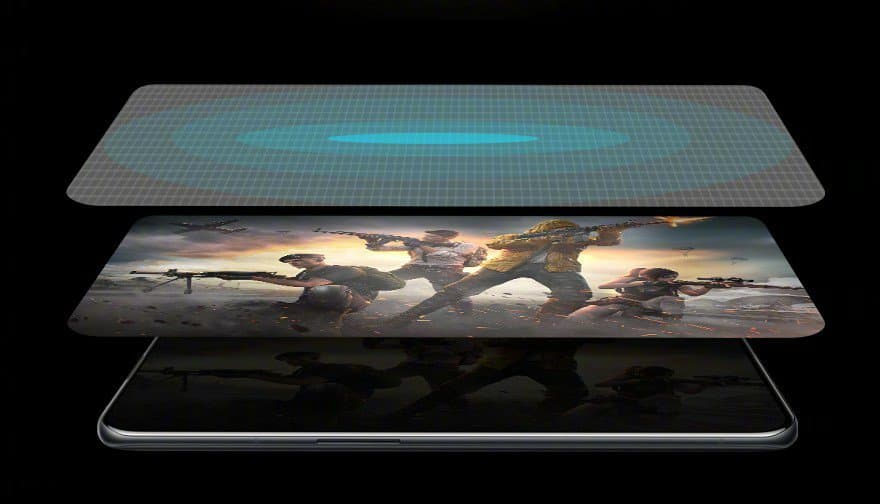
If we’re asked which one of smartphone’s components is the most power-hungry, we can easily say that it’s the display. Brightness levels, always-on-displays and high-res content all affect the screen’s power consumption which is the primary culprit to battery. So, when manufacturers develop new, more efficient display technologies, the overall battery life improves.
One of such technologies is LTPO which stands for Low-Temperature Polycrystalline Oxide and is a material of which semiconductors integrated into the display hardware are made of. LTPO is quite a recent development and it was first used by Apple in the Watch Series 4 display backplane systems, or simply put the backbone of the screen. The materials of the backplane determine the screen’s characteristics such as refresh rate and power consumption.
After OnePlus launched its flagship OnePlus 7 Pro with 90Hz refresh rate, high screen refresh rates became the new standard specification, however display panel technology was slow to catch on in power efficiency. Now the challenge is to achieve adaptive or dynamic refresh rates to optimise power consumption. At the moment, display panels featuring LTPO have limited presence in the smartphone market with only high-end flagships such as Galaxy Note 20, Galaxy S21 Ultra and OnePlus 9 Pro using the technology.
From the structural point of view, LTPO is a hybrid of LTPS (Low-Temperature Poly-Silicon) that is widely used in displays currently and Indium Gallium Zinc Oxide thin-film-transistors. A combination of these materials allows for greater electron mobility and flexible switching between the two without the performance loss.
If you leave your phone running at 120Hz every day of every week, you will quickly notice a substantial battery drain, and to be fair, most tasks do not require your phone screen’s full high refresh support. LTPO technology solves this problem and provides smoothness of high refresh rates without eating up on the battery charge as much as LTPS does. In fact, Samsung Display has announced that new power efficient OLED panels reduce the energy consumption by 16 per cent.
Currently, the majority of OLED panels on the market use LTPS (Low-Temperature Poly-Silicon) which has various shortcomings such as high power consumption and inability to achieve high resolution and high refresh rates simultaneously. Devices with LTPO OLED panels can dynamically change refresh rate depending on what is happening on the screen, for example if you’re reading an e-book or playing a game. If you’re interacting with the screen, the refresh rate will crank up, but if the phone is staying idle, the screen will only refresh once per minute or so and in the result of this adaptive switching our phones can optimise refresh rates dynamically depending on the content and tasks without eating away at battery life.
While it’s still early days of LTPO OLED screens, the improvements over traditional OLED panels are noticeable and reported by many reviewers of the latest Galaxy S21 Ultra and OnePlus 9 Pro, so over the coming years we will be seeing more power-efficient displays in smartphones.
If the reports are true, Apple is preparing to feature LTPO displays in the upcoming select iPhone 2021 models, with future plans to use the technology for the entire 2022 lineup.
Having adaptive refresh rates on smartphones by default gives additional peace of mind to users knowing that the phone’s screen isn’t running harder than needed but yet offers smooth viewing experiences and conserves the power which hopefully will deliver longer lasting batteries in the long run.
While general users don’t pay attention to the technicalities of their phone’s displays and to be honest LTPO technology might not seem like anything worth getting excited about at first, but in everyday use its benefits become apparent and it is one of the OnePlus 9 Pro’s selling points.


The iPhone used to define innovation. So why does every new model now feel the same? Discover why Apple’s innovation story may be running out of pages.

We’ve looked at our own trade-in price data for Apple, Samsung, and Google flagships and foldables - the most popular trio of phone brands - to determine how fast their phones depreciate, and which ones are the worst and the best at holding their value over the first and second year on the market.
With Pixels becoming a decent contender for your upgrade choice, we’ve crunched the numbers to reveal depreciation patterns of Google Pixel phones.